Anytime I’ve heard a discussion on Woody Allen’s Stardust Memories, Federico Fellini is brought up almost immediately. Another director comes to mind: Ingmar Bergman. Allen has acknowledged his appreciation of Ingmar Bergman in interviews.
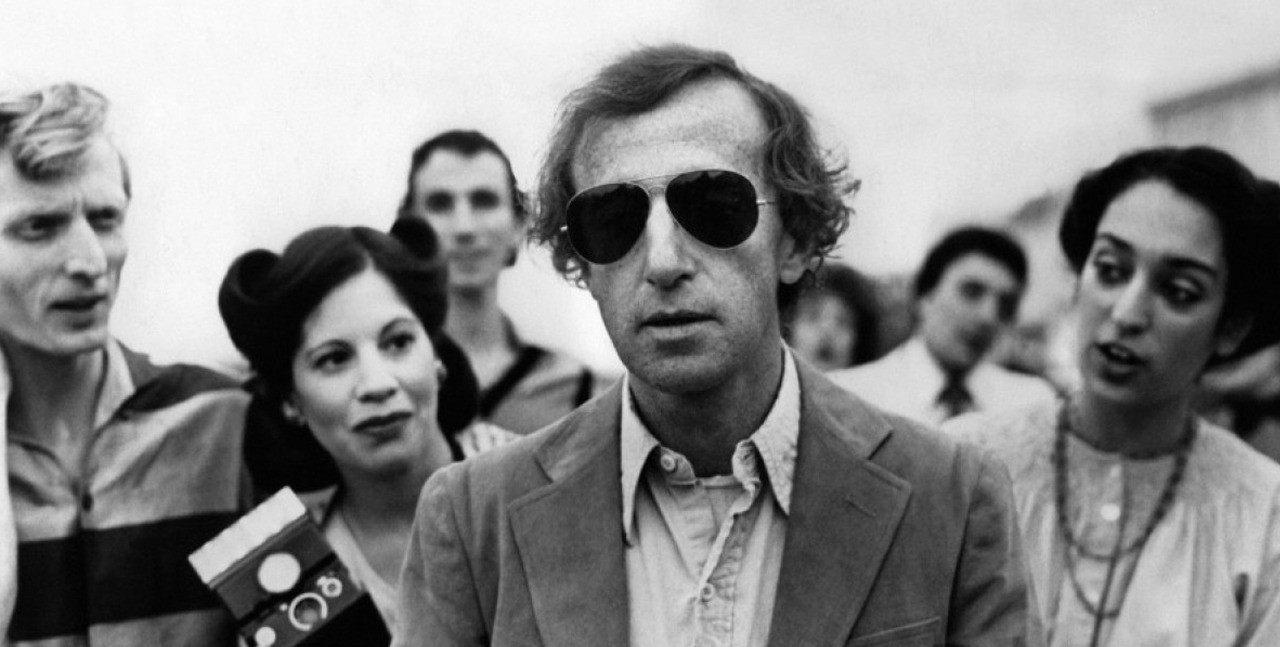
Stardust Memories goes into main character Sandy’s (Allen) search for meaning, the questioning of existence while the importance of love or connecting with another person are just as paramount. As much as Allen can be intellectual in his discourse on life, the optimist comes out in moments in his work - this being one of them. There are clear relationships between the past and its effects on present and future, and the dichotomy of an artist’s persona to their personal life.
It works in presenting how things in Sandy’s head are not exclusive or compartmentalized but cut in and out of each other without warning. Presenting the possibility that we may be viewing things strictly by Sandy’s perspective. The film just cuts to a moment while ending another and doesn’t try to connect the two except in the fact that it’s Sandy’s experience. His perspective as a celebrity caught in a fork in his artistic career. Finding meaning in your work while life continues to move in a variety of directions is the center of Stardust.
In Stardust Memories, Sandy’s most recent film is what brings Bergman to mind and this occurs within the first few minutes of the film. Characters from the studio immediately discuss the arguments against the form of his film. For example, the two trains with different passengers immediately present the experience of existence in a way that still fits with Allen’s cinema while diving into his auteur influences. Allen’s presentation of Sandy perceiving the world as train cars - where some people are always having fun and while others are just riding the train - contains a view of the possibilities of the human experience. No matter how much Sandy’s main character wants to hop on the hedonist train of just pure enjoyment, he has no way of getting there, there’s nothing he can do. Considering the character we see in the train car is one for Sandy’s latest film, the character looks around within his train car before taking notice of the fun the other car is having. It never is fully clarified but the character may be a personification of his guilt with his success or his personification of not feeling satisfied even within his success. Sandy isn’t seen enjoying the fruits of his labor but existing within the life he has created for himself. When we meet Sandy after viewing a portion of his latest project, he is in a Rolls Royce driven by his chauffeur through Manhattan. It is perceived he is not in the same train car as his main character yet he looks nothing like the people in the hedonist cart.
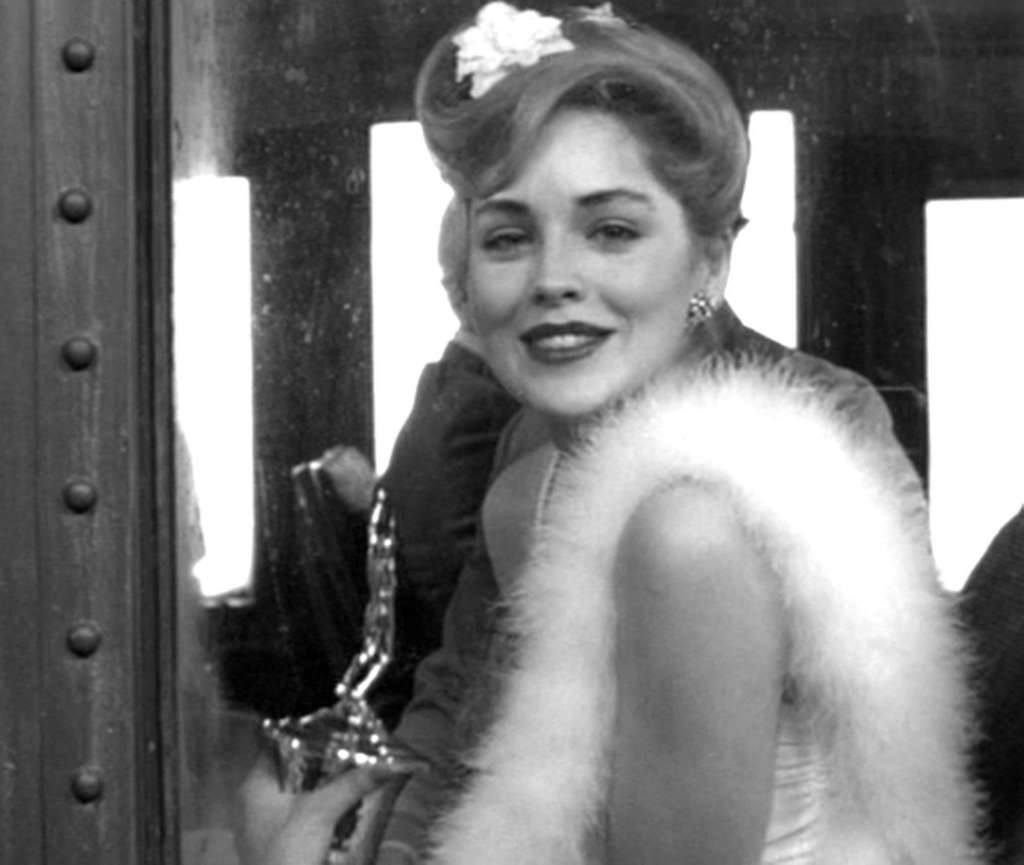
Sharon Stone in Stardust Memories (1980)
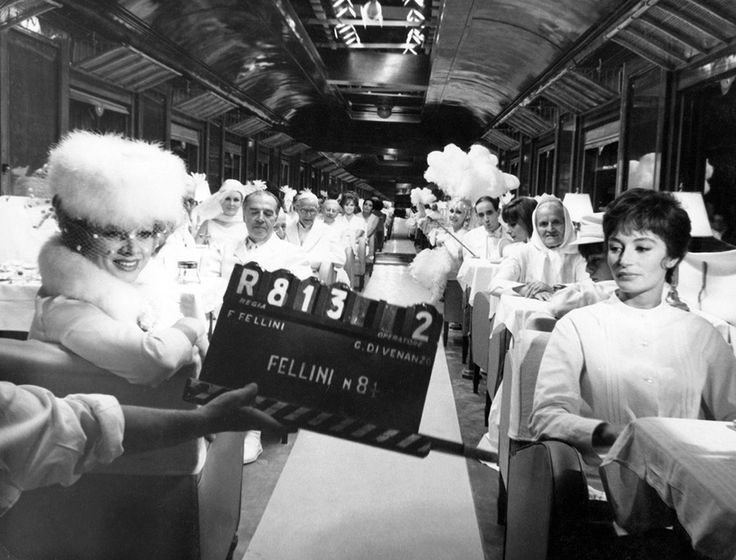
Federico Fellini's 8½ (1963)
At certain points in the film, Sandy discusses wanting meaning in his work. During a scene where Sandy and Daisy (one of his love interests) join a group of people awaiting extraterrestrials to descend upon them in hot air balloons, Allen uses the scene to reintroduce the questions he's been asking since the beginning of the film: How can I find meaning in my work? Life? Resembling Fellini’s 8 1/2, The scene looks and feels carnivalesque as they track through the many pockets of people and things in this field, and at one point they walk in front of an old vehicle from the 40’s and there is the girl from the hedonist train in his film blowing a kiss at them (who was played by a young Sharon Stone). Having her in an American car as they hold hands across this scene could suggest Sandy is not in the fashionable, enjoyable train car of existence but it also presents an American example of Sandy not living the carefree life of the other car. With his search for meaning and his inability to feel happy with any of the women he is currently with, he is in the same car as his main character, there may be different decor but he can’t relate to how much fun the other car is having on this ride.
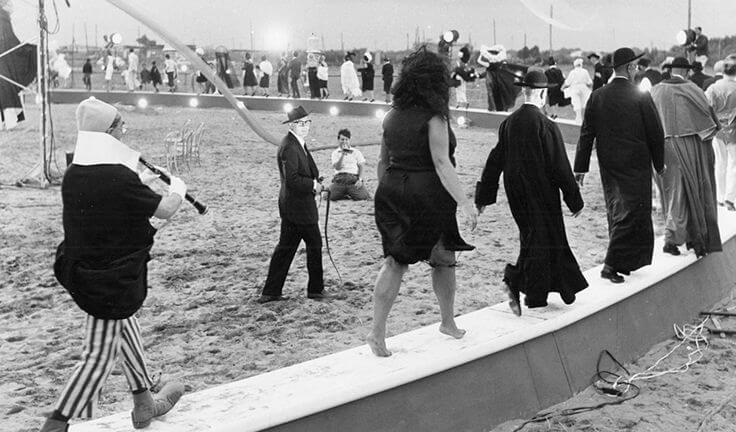
Still from 8½ (1963)
Narrative time affects Sandy through all his thoughts and actions. His reasoning for leaving the city is a retrospective of his older films, focusing on the past. Even when he gets out of his car, one of the first statements he hears is a woman claiming she enjoys his older films that were funny, preferring the past to the present work he does. Anytime he makes headway toward his artistic direction or women, the past pops into the narrative (or his head) to affect what he will act upon next. If you were to look up the definition of stardust, you would find either romantic sensibility or a group of stars too distant that to the viewer, they appear to be a cloud. Taking into account these two definitions, they are both in Stardust Memories. In reference to the deceiving cloud, the hotel the retrospective is taking place in is Hotel Stardust, presenting Sandy’s past. No one (including Sandy) ever mentions when the films were made. The host of the retrospective never mentions dates after introducing the films, so we are not aware how far (or close) the films showing are to the present. We also don't know when the film he shoots with Dorrie (Charlotte Rampling) was made. It is presented as the past eventually, but when they made the film in accordance with their relationship is not clearly defined.

Sandy is a stardust himself. He’s a celebrity sought after by people. He obliges but fans never see the moments of his uncertainty or his oncoming nervous breakdown. Sandy does indulge in the illusion of the celebrity expected of him and hides when he’s not answering questions or presenting his old films. It’s an illusion where everyone is guilty of the illusion. Allen doesn’t shy away from it, he cuts from Sandy’s quick quips to a moment where he is nervous or anxious. Sandy indulges the most in the persona of celebrity inside the Hotel Stardust than when they catch him out of the hotel walking around. He understands the allure of a stardust but can’t shake wanting more of the experience of life.
Stardust Memories is romantic in the way it presents a lot of existential questions from beginning to end. A moment of the film not preoccupied with moving along with Sandy’s issues but the appreciation of the moment is in his living room with Doris on the floor. It is the cross of examining life while appreciating the non-cerebral moment while being in the moment. The camera lingers on the image of her laying on the floor looking up at the lens, it holds for an extended amount of time as Sandy’s thoughts are heard. Sandy mentions that it is a moment he holds dear and choosing to stick to the shot through the dialogue, it only presents a visual highlight over the shot. Sandy states: “…how beautiful Dorrie looked to me. And for one brief moment, everything seemed to come together perfectly… and I felt happy,” he acknowledges it as a slight but may be what kept him going in a relationship which even extraterrestrials have suggested is a bad relationship.

Liv Ullmann in Ingmar Berman's Persona
While the moment is a romantic moment, it is only equivocal to its opposing shot of Dorrie in close up earlier in the film—resembling Bergman’s shot composition in Persona of Liv Ullman and Bibi Andersson.

Charlotte Rampling in Woody Allen's Stardust Memories
Dorrie always has a part of her face in shadow as she goes through many emotions and thoughts that expose Dorrie than hides her in false confidence. Due to Sandy’s thoughts never specifying when in their relationship this moment occurs, the romanticism is by definition: a stardust memory. It’s the romantic cloud that is an illusion but doesn't prevent it from being a beautiful sight.
Allen’s romantic side exposes itself when the movie he's filming ends with choosing love and entering a train car that is not specified to be the hedonist cart or the more complacent cart. But once the light comes up on the auditorium, the mix of reactions resemble how such an ending can be perceived by a large group of people. Allen chooses to show Sandy walking through the empty rows of seats by himself before only the lights above him are on the screen resembling stars above. Stardust Memories is considered a failure within Allen’s large body of work. But upon initial viewing, the film holds strong on its own with merits differing from ones earlier in his filmography.
While I understand the many factors as to why audiences didn’t go for Stardust Memories upon initial release, the film is still seen as a lesser entry in his catalog. When it clearly shows a filmmaker wanting to stretch his muscles within the medium he had found to work for him and with a cinematographer (Gordon Willis) that would be his visual partner to express these thoughts on screen. Stardust Memories presents many questions to its audience while never answering them concretely.
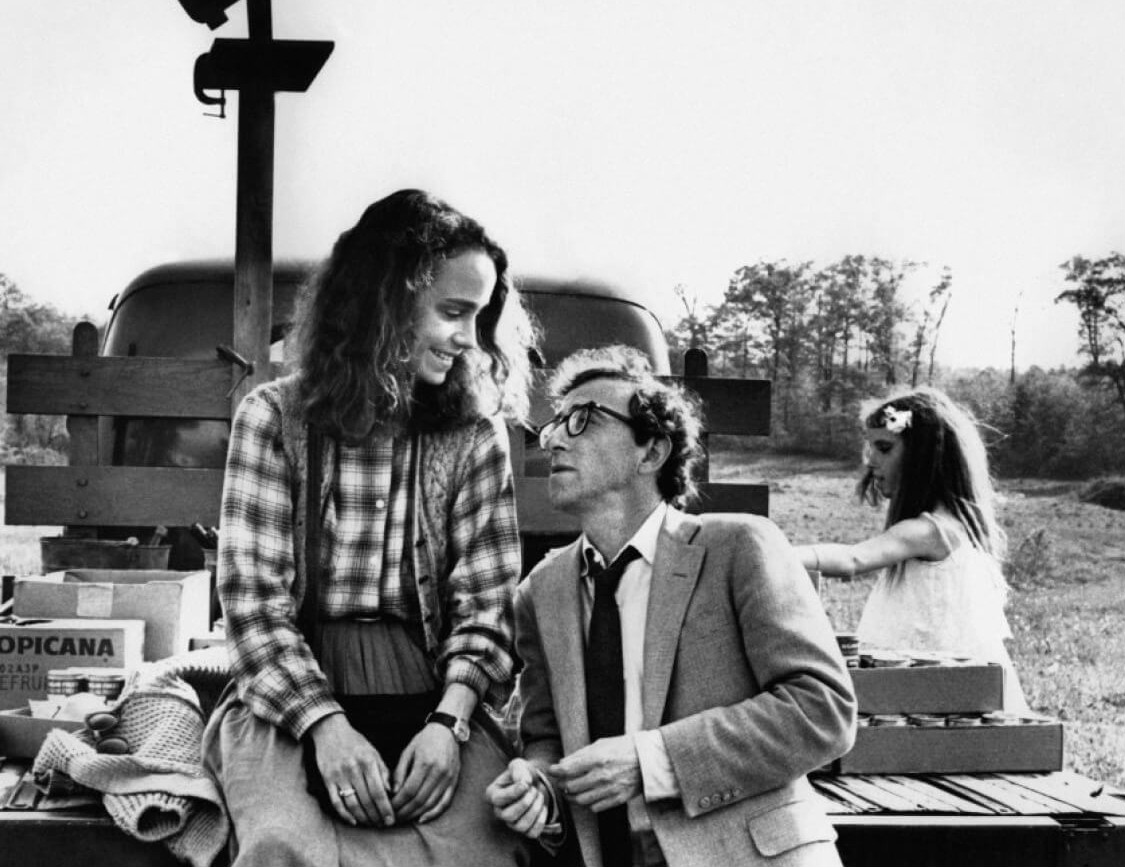
As much as living can feel lonely or disconnected from other people - if one chooses to look up, the stars can present a view which makes us momentarily feel like Sandy listening to Louis Armstrong while staring into Dorrie’s eyes. I find both to be essential to the human experience.
Watch Stardust Memories